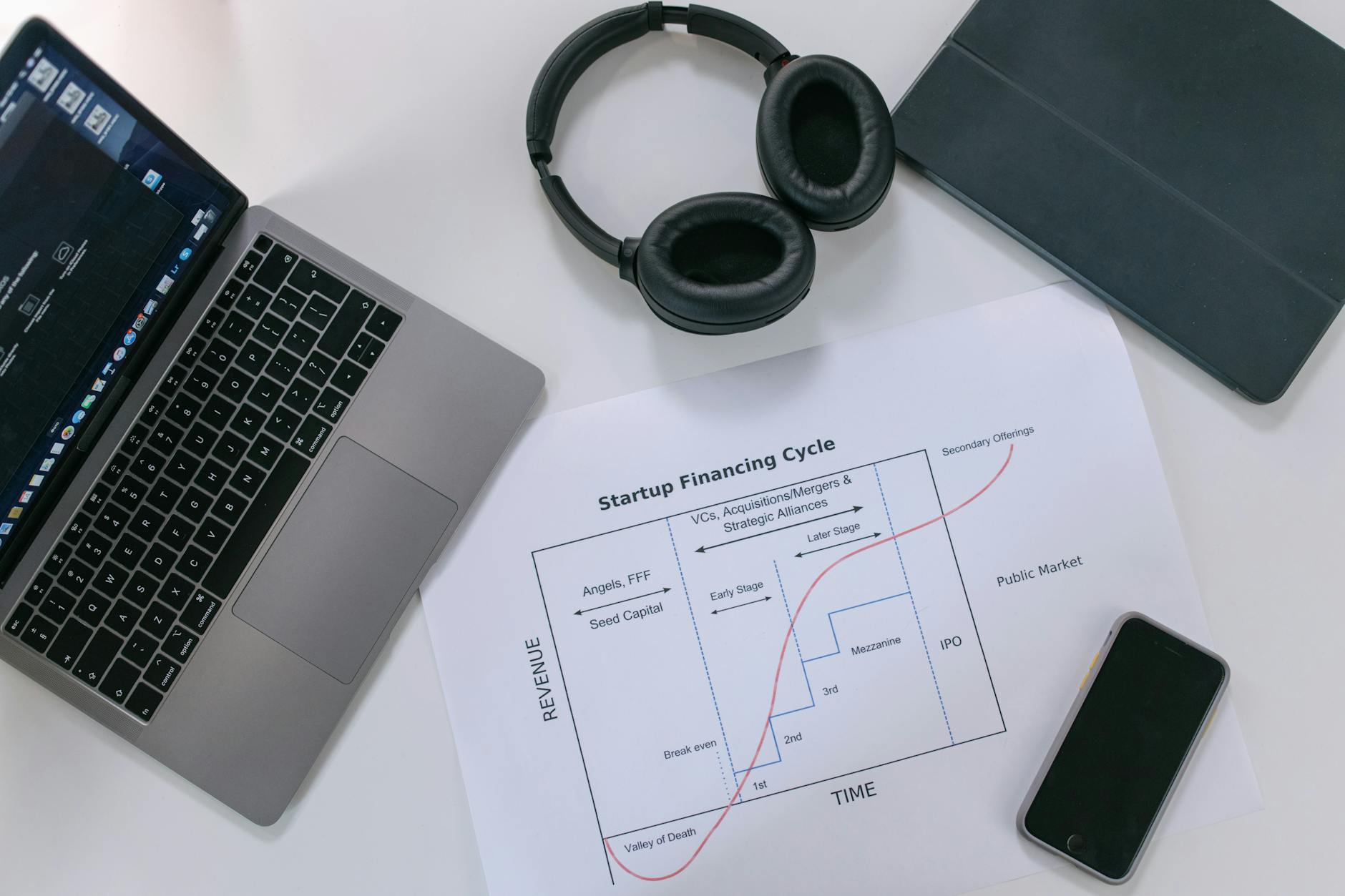Pandas is a powerful Python library for data analysis and manipulation. If you’re in data science or machine learning, knowing these 14 Pandas tricks will significantly boost your productivity and efficiency. In this blog, we’ll explore some essential tricks that every Pandas user must know to level up their skills.
Table of Contents
- Use
.locand.ilocfor Data Selection - Master DataFrame Filtering with Conditional Statements
- Efficiently Handle Missing Data
- Create New Columns Based on Existing Ones
- Use
.groupby()for Group Operations - Apply Lambda Functions to Columns
- Merge and Concatenate DataFrames
- Change Data Types with
.astype() - Optimize Performance with
.query() - Leverage Pandas
.pivot_table() - Understand and Use Multi-Indexing
- Efficient Memory Management
- Work with DateTime in Pandas
- Visualize Data Directly with Pandas
1. Use .loc and .iloc for Data Selection

Use .loc and .iloc for Data Selection
Selecting specific rows and columns is essential for data manipulation. .loc is label-based, while .iloc is index-based. Knowing when and how to use these will save time.
- Example:
df.loc[df['column_name'] == value]
df.iloc[2:5, [0, 2]]2. Master DataFrame Filtering with Conditional Statements

Master DataFrame Filtering with Conditional Statements
Filtering allows you to quickly extract data based on specific conditions. With Pandas, you can do this effortlessly using conditional statements.
- Example:
df_filtered = df[(df['age'] > 25) & (df['salary'] > 50000)]3. Efficiently Handle Missing Data

Efficiently Handle Missing Data
Dealing with missing values is crucial in data analysis. Pandas provides multiple options like .fillna(), .dropna(), and more.
- Example:
df['column_name'].fillna(0, inplace=True)
df.dropna(axis=0, how='any', inplace=True)4. Create New Columns Based on Existing Ones

Create New Columns Based on Existing Ones
Creating new columns derived from existing data is common in data wrangling.
- Example:
df['new_column'] = df['col1'] * df['col2']5. Use .groupby() for Group Operations

Use .groupby() for Group Operations
The .groupby() function in Pandas is excellent for aggregating and summarizing data by groups.
- Example:
df_grouped = df.groupby('department')['salary'].mean()6. Apply Lambda Functions to Columns

Apply Lambda Functions to Columns
Lambda functions are great for applying complex transformations to Pandas columns.
- Example:
df['column'] = df['column'].apply(lambda x: x**2 if x > 0 else 0)7. Merge and Concatenate DataFrames

Merge and Concatenate DataFrames
You’ll often need to combine data from multiple sources. Master .merge() and .concat() for merging DataFrames.
- Example:
pd.merge(df1, df2, on='key', how='inner')
pd.concat([df1, df2], axis=0)8. Change Data Types with .astype()

Change Data Types with .astype()
Data type mismatches can be a headache. Use .astype() to convert data types effectively.
- Example:
df['column'] = df['column'].astype('float')9. Optimize Performance with .query()

Optimize Performance with .query()
Speed up large DataFrame filtering by using .query(), which is generally faster than boolean indexing.
- Example:
df_filtered = df.query('age > 25 & salary > 50000')10. Leverage Pandas .pivot_table()

Leverage Pandas .pivot_table()
Create sophisticated data summaries with .pivot_table(), which offer flexibility and precision.
- Example:
pd.pivot_table(df, values='sales', index='region', columns='product', aggfunc='sum')11. Understand and Use Multi-Indexing

Understand and Use Multi-Indexing
Multi-indexing allows for more sophisticated DataFrame structures. This can be especially useful for hierarchical data.
- Example:
df.set_index(['col1', 'col2'], inplace=True)12. Efficient Memory Management

Efficient Memory Management
Large datasets can be resource-intensive. Optimize memory usage by downcasting numerical columns.
- Example:
df['column'] = pd.to_numeric(df['column'], downcast='integer')13. Work with DateTime in Pandas

Work with DateTime in Pandas
Pandas offers extensive support for DateTime handling, including parsing, formatting, and extracting date information.
- Example:
df['date'] = pd.to_datetime(df['date'])
df['year'] = df['date'].dt.year14. Visualize Data Directly with Pandas

Visualize Data Directly with Pandas
Pandas integrates seamlessly with Matplotlib, allowing you to visualize your data quickly.
- Example:
df['column'].plot(kind='bar')Conclusion
By mastering these 14 Pandas tricks, you will greatly enhance your data analysis and manipulation skills. Whether you’re a beginner or an experienced data scientist, these tricks will make your workflow more efficient and productive. Keep practicing and integrating them into your projects to unlock the full power of Pandas!
For more in-depth tutorials, check out the official Pandas Documentation and other guides on TechXcode.
Bonus Tips for Pandas Mastery
Besides these 14 Pandas tricks, there are a few more bonus tips that will help you work smarter, not harder.
Bonus 1: Use .map() for Simpler Data Mapping
When you need to transform column values based on a dictionary or series mapping, .map() is your go-to function. It’s perfect for categorical transformations or simple lookups.
- Example:pythonCopy code
mapping = {'A': 1, 'B': 2, 'C': 3} df['mapped_column'] = df['original_column'].map(mapping)
Bonus 2: Make Use of .value_counts() for Quick Counts
Sometimes, you just want to know the count of unique values in a column. The .value_counts() method is a handy way to get quick insights into the distribution of data.
- Example:pythonCopy code
df['column'].value_counts()
Bonus 3: Leverage .nunique() for Unique Value Counts
If you want to count the number of unique values per column, .nunique() does the job efficiently. It’s a quick way to assess the cardinality of your data.
- Example:pythonCopy code
df['column'].nunique()
Bonus 4: Apply .rank() to Rank Your Data
When working with numerical columns, ranking them might be necessary. The .rank() function helps you rank data easily without needing manual sorting.
- Example:pythonCopy code
df['rank'] = df['column'].rank(method='average')
Bonus 5: Speed Up Calculations with .eval()
For complex calculations involving multiple columns, .eval() can simplify your expressions and make your code more efficient.
- Example:pythonCopy code
df['result'] = df.eval('col1 + col2 - col3 * col4')
Common Mistakes to Avoid
While working with Pandas, it’s crucial to be aware of common pitfalls to maintain clean and efficient code. Let’s explore a few of these:
- Ignoring Data Types: One common mistake is neglecting to check or enforce correct data types. Misaligned data types can lead to unexpected errors or inefficient calculations. Always use
.info()to inspect your DataFrame’s structure. - Unnecessary Loops: While loops may seem intuitive, Pandas methods are designed to be more efficient. Leverage vectorized operations or functions like
.apply()instead of loops for better performance. - Forgetting to Copy DataFrames: When modifying subsets, forgetting to use
.copy()can lead to unwanted alterations in the original DataFrame due to shared memory.
Real-World Applications of Pandas Tricks
These Pandas tricks can make a significant impact on real-world data problems. Whether it’s exploratory data analysis (EDA) in data science projects or data transformation in business analytics, mastering Pandas will give you a competitive edge. For example:
- Finance: Use tricks like grouping, merging, and pivot tables to perform detailed stock market or financial trend analysis.
- Healthcare: Transform patient records by filling missing values or filtering high-risk patient groups using conditional filtering.
- Marketing: Visualize sales performance across regions by combining filtering, groupby, and pivot table tricks.
Further Reading & Resources
If you’re eager to deepen your knowledge, explore the following resources:
- Official Pandas Documentation: Comprehensive reference guide and tutorials for all Pandas methods.
- TechXcode Pandas Guide: Practical applications and case studies on using Pandas in real-world scenarios.
Final Thoughts
By combining these essential 14 Pandas tricks with bonus tips and avoiding common mistakes, you’ll be ready to tackle even the most challenging data analysis tasks. Keep refining your skills, and remember that practice is the key to mastering Pandas. Happy coding!



Thanks for sharing. I read many of your blog posts, cool, your blog is very good.